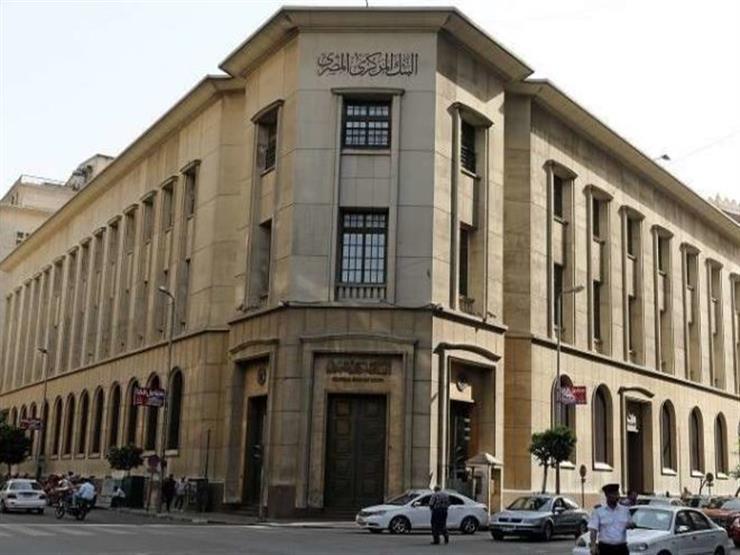
[ad_1]
08:03 p. M.
Thursday 12 November 2020
I wrote – Manal Al-Masry:
The Central Bank decided to cut interest rates by 0.5% to 8.25% for deposits and 9.25% for loans, at the meeting of the Monetary Policy Committee on Thursday.
The decision to cut interest went against the expectations of many economic analysts, especially that the central bank had previously cut interest rates by 0.5% last September.
Following today’s decision, the CBE will cut interest by a total of 4% from the beginning of this year.
In a statement issued today by the Monetary Policy Committee, the central bank said that the annual rate of headline inflation rose in cities for the second consecutive month, to record 4.5% in October 2020 compared to 3.7% in September 2020 and 3.4% in August 2020.
The increase in the annual rate of general inflation was mainly driven by the increase in the annual contribution of food products, in addition to the contribution of goods and services whose prices are administratively set, but to a lesser extent in October 2020, according to the release.
The Central Bank said that this comes in light of the continued increase in the annual rate of inflation of food products for the second consecutive month, despite its negative rates.
Meanwhile, the annual core inflation rate increased to 3.9% in October 2020 compared to 3.3% in September 2020 from 0.8% in August 2020, which was in line with expectations, due to the negative impact of the base period . However, annual inflation rates continued to reflect the containment of inflationary pressures, according to the statement.
The statement noted that the real GDP growth rate registered 3.6% during the 2019/2020 fiscal year, compared to 5.6% during the previous fiscal year. This occurred as a result of the slowdown in the growth rate during the second quarter of 2020, especially in light of the containment measures of the Corona pandemic, to register, according to initial data, a negative 1.7%, compared to a growth rate of 5.0% during the first quarter of 2020, according to the statement.
The increase in the contribution of consumption to the real growth rate of GDP partially limited the fall in the contribution of investments and net exports, but to a lesser extent during the same period, according to the statement.
This was also reflected in the unemployment rate, which registered 9.6% during the second quarter of 2020 compared to 7.7% during the first quarter of the same year. Initial indicators for the third quarter of 2020 have continued to gradually recover, according to the central statement.
Globally, economic activity remains weak despite some recovery. World oil prices have generally stabilized and global financial conditions continued to improve, as a result of economic facilitation measures, despite the prevailing uncertainty. However, there are risks surrounding the outlook for global economic activity as a result of the spread of the second wave of the Corona pandemic, the return of the closure and the tightening of precautionary measures, which will negatively affect the outlook for the world economy according to the statement.
The Central Bank said: “In light of the above, and given that the average inflation rate during the fourth quarter of 2020 is expected to register low single rates below the 6.0% level, confirming the continued containment inflationary pressures expected in the medium term The central bank’s basic interest rate is 50 basis points.
The reduction of the basic rates of return at the committee meeting provides adequate support to economic activity at the current moment and that decision is consistent with achieving price stability in the medium term.
The statement indicated that the Monetary Policy Committee will closely monitor all economic developments and risk balances and will not hesitate to use all its tools to support the recovery of economic activity, as long as inflationary pressures are contained.